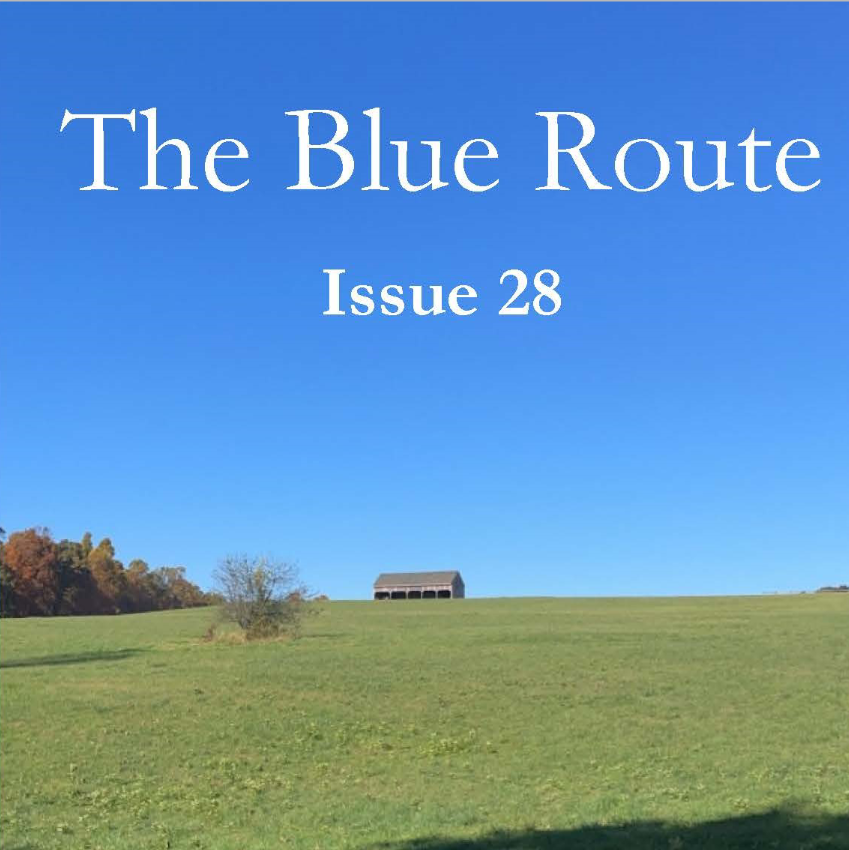Widener University faculty and students went to the Association of Writers and Writing Programs conference in Kansas City last month. As usual, the experience was amazing, highlighted by Jericho Brown’s unforgettable keynote address and the Forum for Undergraduate Student Editors (FUSE) caucus. Below are some reflections from Blue Route staffer Jattu Fahnbulleh:
AWP was such an amazing experience. Now that I’ve gone once I will always and forever be keeping it on my radar of events to attend.
One panel I’d been looking forward to long before the conference was the panel on Narrative Gaming . . . . My interest in video games . . . rather than something that more people may consider to be “real” art . . . leaves me feeling insecure sometimes. Hearing from people who are actively within the field speaking on their love of video games, as well as on their experience with teaching them in the classroom and helping their students develop their own skills helped bolster my confidence in the validity of my passion, and painted a clearer picture of where I might want to go in the future.
The bookfair was overwhelming in the best way possible. I would’ve had no idea where to start if not for some of the panels I’d already attended (like the Narrative Gaming one) and some future assignments guiding me to certain places. And there were some books I probably never would’ve known had existed or picked up if not for my trip to the bookfair. For example, I ended up at Bloomsbury Academic at first because I was looking for one of the books mentioned at the Narrative Gaming panel. Unfortunately, the book had already sold out, but there were other books there that were awesome to come across. There was a newly published fantasy fiction anthology at the table, for example—super relevant to me, as someone who is primarily interested in fantasy—and I got to have my copy of the book signed by the author of the book herself, Jennifer Pullen!
There was something really special about seeing the actual people behind these presses. Again, it’s one thing to know that there are, obviously, real living breathing human beings working to write, edit, and publish the works I’ve come to know and love, but it’s another thing to actually see them and interact with them (and their fans, for that matter)! When we go to a bookstore, or even those little bookfairs we used to have as children in elementary school, all we ever get are the books—the polished, finished products, divorced from the hands that made them, neatly sorted into whatever little genre they’ve been determined to fit into. The bookfair was sincerely both a deeply humbling and deeply personalizing experience.


